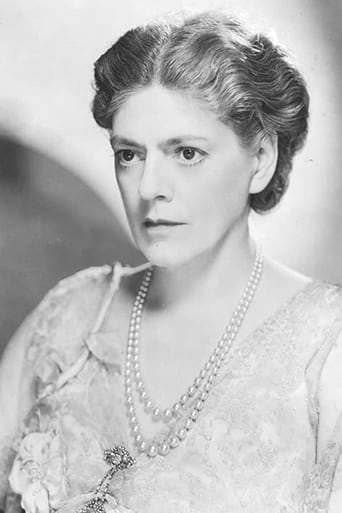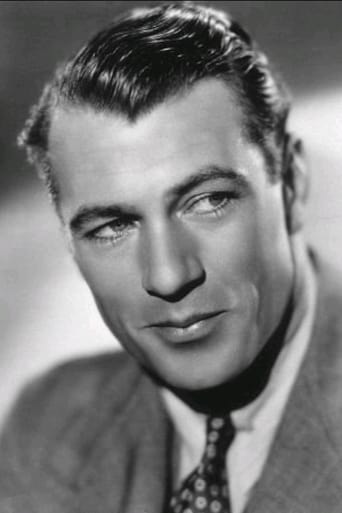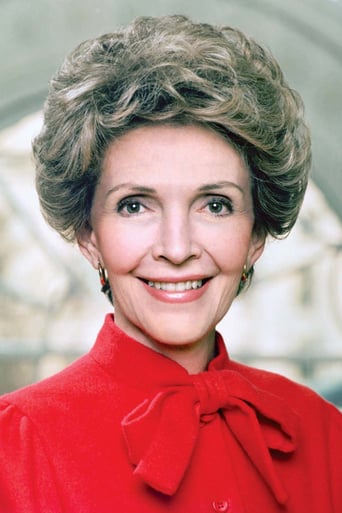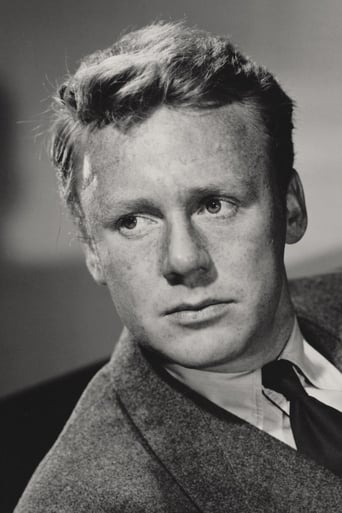Brian Camp
I'm not quite sure who IT'S A BIG COUNTRY was aimed at. And given the fact that it was a box office flop, I'm guessing that the general audience didn't think it was aimed at them. It purports to show the diversity of America by offering seven segments promoting different aspects of life in postwar America, but it still traffics in stereotypes and Hollywood conventions. For instance, there are two segments involving immigrant fathers with children assimilating in ways they don't like. One immigrant father from Hungary hates Greeks and is appalled when his cherished oldest daughter falls in love with one. The other immigrant father, from Italy, refuses to let his son wear glasses because they're not manly even though the boy's teacher insists he needs them to be able to read the blackboard. In each case the immigrant, in a film supposedly pro-diversity, behaves in a most backward fashion. At least the Hungarian is played by an actual Hungarian immigrant actor, S.Z. Sakall, so there is some authenticity there. However, the Italian immigrant is played by Fredric March, of English, German and Scottish heritage, and the performance seems highly exaggerated. Surely, they could have gotten an Italian actor or even J. Carrol Naish, who did that kind of role effectively plenty of times in his career. It's the final sequence in the film and left me with a distinctly uneasy feeling. In the Hungarian sequence, Janet Leigh plays the oldest daughter and Gene Kelly plays the Greek she falls in love with. I guess this is what is meant by "ethnically blind" casting.The first sequence goes so far as to dissect the notion that America is a "great country" when a traveling salesman (James Whitmore) on a train ride buttonholes a college professor (William Powell) to tell him that America is a great country and the professor then responds with "Which America?," and starts pointing out how different America is depending on where you are in its vast domain. So it looks like there will be some critique of blind patriotism, a direction then completely ignored in the rest of the film.The segment on African-Americans doesn't even mention the race of its participants in the narration (by Louis Calhern) accompanying it, preferring to use the phrase, "other Americans." Instead of a fictional story, it offers a documentary sequence on prominent blacks in the postwar era, including Nobel Prize winner Ralph Bunche, then the ambassador to the United Nations, General Benjamin O. Davis, and the late George Washington Carver. There are segments on sports and the arts that highlight Jackie Robinson and Lena Horne, among others. There are numerous less well-known blacks in government and business who are cited, so it's nice to see a slice of little-known history. Curiously, the military footage is all from World War II and shows a distinctly segregated military even though President Truman had desegregated the military three years before this film. I suspect that producer Dore Schary feared that any fictional story about blacks that they created for the film would get criticized for stereotypes, denounced for avoiding the topic of discrimination, or, if they chose to be bold enough to tell a proper story about blacks in the postwar era, boycotted by southern theater owners. The documentary sequence was clearly a compromise and it could easily be removed by theater owners in the south. There are no non-white characters in any other sequence of the film.There's a comic monologue by Gary Cooper as a Texan who speaks modestly of the state's size and reputation, wondering, in tongue-in-cheek fashion, why everyone thinks Texas is so "big." It doesn't jibe with the rest of the sequences here and was clearly inserted for comic relief.The best sequence is arguably the one in which an Irish immigrant widow, played by Ethel Barrymore, insists to a Boston newspaper editor (George Murphy) that the 1950 census did not include her, so, after a false start, the editor starts a campaign to get the Census Bureau to correct its mistake. It's about wanting to be acknowledged and recognized by the larger society, something each wave of immigrants has had to deal with in different ways over the last couple of centuries.Another sequence focuses on a visiting minister (Van Johnson) who takes the pulpit at a church in Washington D.C. in 1944 at a time when the then-president, Franklin D. Roosevelt, attends that church. The minister tailors his carefully prepared sermon to the president every week, despite the president's absence, putting the regular parishioners to sleep until the church sexton (Lewis Stone) finally calls him on it, urging him to address the entire congregation. I'm not sure what this segment had to do with the aims of the film or what it was trying to tell us, but, interestingly, the sequence cuts from the entrance of the president (off-camera) at the very end to the next sequence where we see a school teacher at work, played by Nancy Davis, who would marry Ronald Reagan the following year and become the First Lady 30 years after this film, adding a surprisingly prophetic touch.Curiously, the cast includes a mix of liberals and conservatives from Hollywood's ranks. George Murphy, Gary Cooper and Nancy Davis were notable conservatives, while Gene Kelly and Fredric March were outspoken liberals. I wonder what they all thought of the finished film.
jehrsam
I saw this movie when it originally came out and I took more people to see it in at least two successive trips to the old Crawford Theater. It is touching and worthwhile and depicts an America that all should see. Ethel Barrymore gives one of the best performances of her career. The preacher to the President is another vignette that stands out. There are memorable performances by Gary Cooper, Van Johnson, Gene Kelly, and Marjorie Main. Each vignette is a memorable one and all touch your heartstrings and provoke thought. It would be nice if it were available on DVD or even tape. What a delightful anthology this is. I recommend this to all. It is a movie you will enjoy.
bkoganbing
I doubt if a film like It's A Big Country could be made in and about the America of post Vietnam and Watergate. A whole lot of the clichés presented here just aren't bought any more by large segments of the population. For whatever it's worth the film is a presentation of what we thought about ourselves in 1951.It's a film with several different segments, some serious some pretty funny about every day Americans in all walks of life, in all parts of the then 48 states.The two I liked best were those that ironically starred the two men who were not MGM contract players, Gary Cooper and Fredric March. Gary Cooper plays a Texas cowboy talking about his state and disillusioning us with a tongue in cheek delivery about the way Texans and Texas are perceived by the other 47 states. Of course Cooper's humor and the whole premise behind this segment was that Texas was our largest state in land mass. That ended in 1959 when Alaska became the 49th state, still it's the highlight of It's A Big Country.Fredric March plays an Italian American father who's opposed to his son, Bobby Hyatt, getting needed glasses even after teacher Nancy Davis tells him it's necessary. He's got some old world ideas that need a bit of adjustment. March plays the role with dignity never do you feel he's a caricature.Another episode that is nicely done involves Gene Kelly, Greek American boy falling for Janet Leigh, Hungarian American girl. They've got a problem though, her father played by Hollywood's number one Hungarian S.Z. Sakall. In the past 20 years we've seen a whole lot of stories about ancient ethnic hatreds coming out of Eastern Europe. Sakall is carrying some old grudges against Greeks though he really isn't sure why. Point being that here in America you're supposed to leave that all behind. That segment is still very much relevant.Could we make It's A Big Country today? Not at this time, maybe at some future point when we've reached a national consensus that despite all our problems, America's a pretty good place after all.




